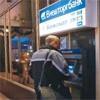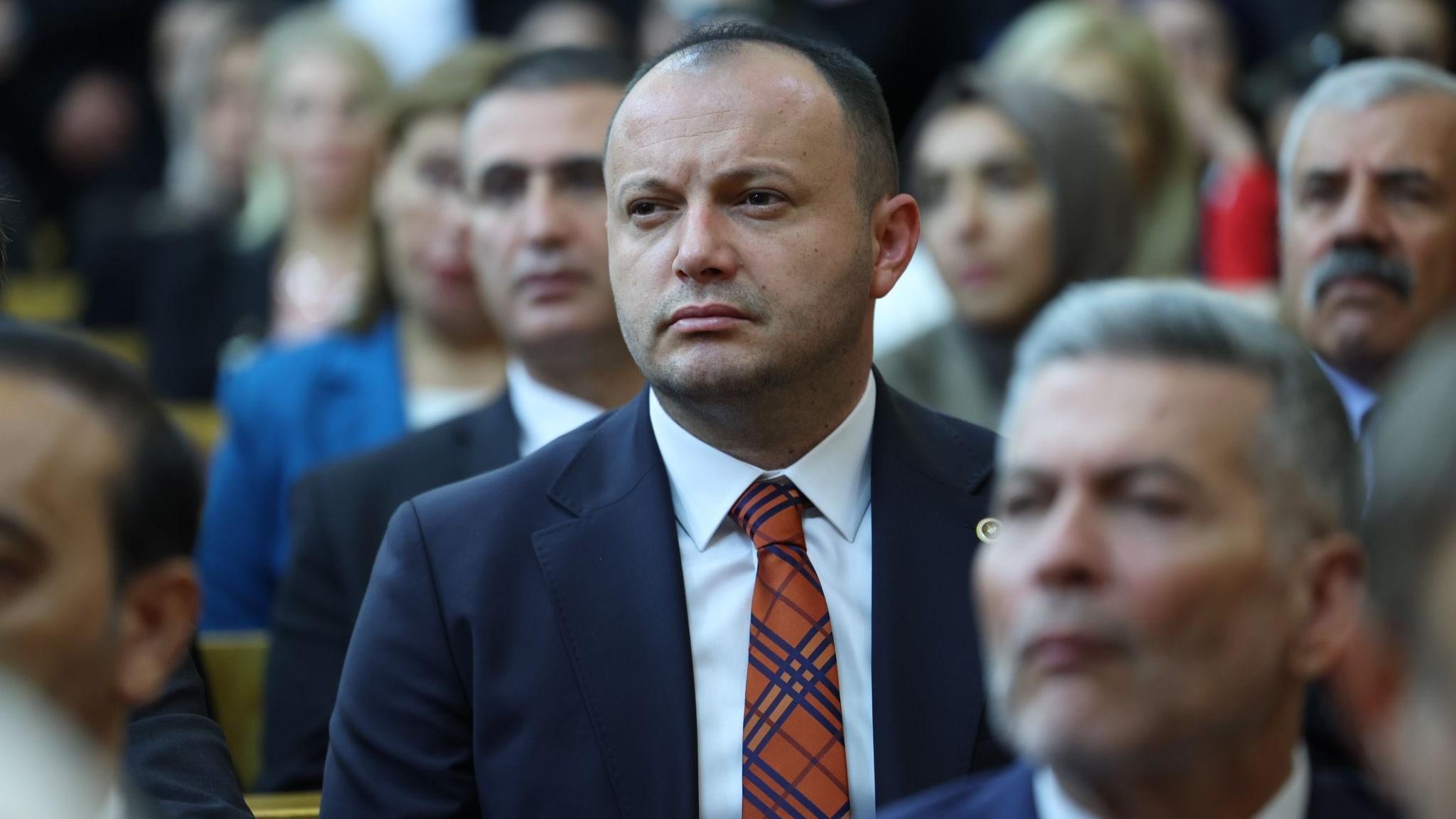Russian lenders under the blade on bad loans
Bloomberg

refid:11401367 ilişkili resim dosyası
Russian banks’ bad loans will quadruple to $70 billion this year, deepening the country’s worst financial crisis since the government’s 1998 debt default, a Bloomberg survey shows.Non-performing loans will increase to 12.8 percent of the 18.4 trillion rubles ($549 billion) owed by Russian companies and individuals by the end of this year, from 3.2 percent in March, according to the mean estimate of 17 banking analysts polled by Bloomberg in the past week. HSBC Holdings, Europe’s biggest bank, expects delinquencies to reach 23 percent, Europe’s highest rate after Hungary at 25 percent.
The World Bank said last week that a "silent tsunami" of bad debt threatens to stall a recovery in Russia, the world’s largest energy-exporting economy. The government may need to provide as much as $50 billion for bank bailouts, more than twice the amount already pledged to banks in this year’s budget, according to UniCredit, Italy’s biggest bank.
Looming defaults
"Many small and medium-sized Russian businesses will end up defaulting and that will slow down the recovery," said Aybek Islamov, a London-based bank analyst at HSBC.
Prime Minister Vladimir Putin ordered banks in February to "restart" lending to "strategic" corporate borrowers such as Moscow developer PIK Group, which has twice as much bank debt as its market value, and Togliatti-based automaker AvtoVAZ, which lost 76 percent of its market value in the past year.
Russian banks are seeing a 20 percent increase in delinquent debt every month, Sberbank Chief Executive Officer German Gref said Wednesday. Russia’s biggest lender plans to increase reserves for bad debt to as much as 9 percent of loans while still posting a profit this year, Irina Kibina, a bank spokeswoman in Moscow, said by e-mail. Sberbank’s bad debt will more than triple to 8.9 percent in 2009, according to the survey.
Loans in arrears at VTB Group, Russia’s second-largest lender, may jump to 10.5 percent, exceeding the loan-loss reserves of 8 percent planned by Chief Executive Andrei Kostin. Elena Litovchenko, a VTB spokeswoman in Moscow, said the bank expects the reserves will be enough to cover non-performing loans.
Sberbank and VTB were downgraded to "hold" from "speculative buy" at Moscow-based UralSib Financial on April 7. Leonid Slipchenko, a UralSib analyst, predicts Russian bad loans will rise to 9.7 percent.
Bad debt makes state-controlled VTB a "candidate to lose its investment-grade rating, which would mean dilution for equity shareholders and depreciation for its bonds," said Zina Psiola, who manages about $220 million in Russian equities at Clariden Leu in Zurich. VTB is rated Baa1 by Moody’s Investors Service, three levels above junk, while Standard & Poor’s rates the bank two levels higher than junk at BBB.
Defaults are climbing. Oil drilling company Siberian Services in Moscow reneged on $100 million of bonds this week, the first Russian borrower to miss foreign debt payments this year. The government also spent almost 40 billion rubles bailing out St. Petersburg-based VEFK Bank in February because of late payments by clients.
"How high non-performing bank loans will go and the contagion to the rest of the economy is critical and is likely to provide a scary backdrop to the market," said Chris Weafer, UralSib’s chief strategist.
Lenders should be able to cope with a delinquency rate of about 10 percent, central bank Deputy Chairman Gennady Melikyan said April 3. Troika Dialog, Russia’s oldest investment bank, forecasts defaults at 9 percent, a level that’s unlikely to cause a crisis, said Andrew Keeley, Troika’s London-based bank analyst.
"Individual banks may have higher losses than the average and will need to raise new capital," Keeley said.
Delinquent loans in the U.S. increased to 2.9 percent at the end of 2008, from 1.3 percent a year earlier, according to the government’s Federal Financial Institutions Examination Council.
Non-performing loans of 10 percent would mean "zero income for the whole Russian banking sector," said Rustam Botashev, a banking analyst in Moscow at UniCredit, who predicts non-performing loans will rise to 9.5 percent this year.
Comparison with 1998
Bad loans peaked at 40 percent after the financial crisis of 1998, when the Russian government defaulted on $40 billion of debt and the ruble dropped 71 percent against the dollar, according to the International Monetary Fund.
The ruble’s 35 percent slump against the dollar between August and January of this year spurred Russia to drain $210 billion from the world’s third-largest foreign-currency reserves to slow the devaluation. Sberbank tumbled 84 percent and VTB sank 83 percent in dollar terms.
Russia’s markets have recovered in the biggest European rally of 2009 since the 50-stock RTS Index reached a five-year low in January. The dollar-denominated benchmark index rose 26 percent in March, its biggest monthly surge in nine years. The ruble strengthened 5.5 percent versus the dollar in March. Sberbank rallied 46 percent, the steepest monthly advance since 2002.VTB, which jumped 42 percent last month, may lose 28 percent in the next year as its loans to failing banks cause "value destruction," said Alex Kantarovich, JPMorgan’s head of Russia research in Moscow. The ruble may slide as the government comes under pressure to dip into its remaining $388 billion of foreign reserves to help banks and companies, according to Yulia Tsepliaeva, Bank of America-Merrill Lynch’s chief economist in Moscow.
















